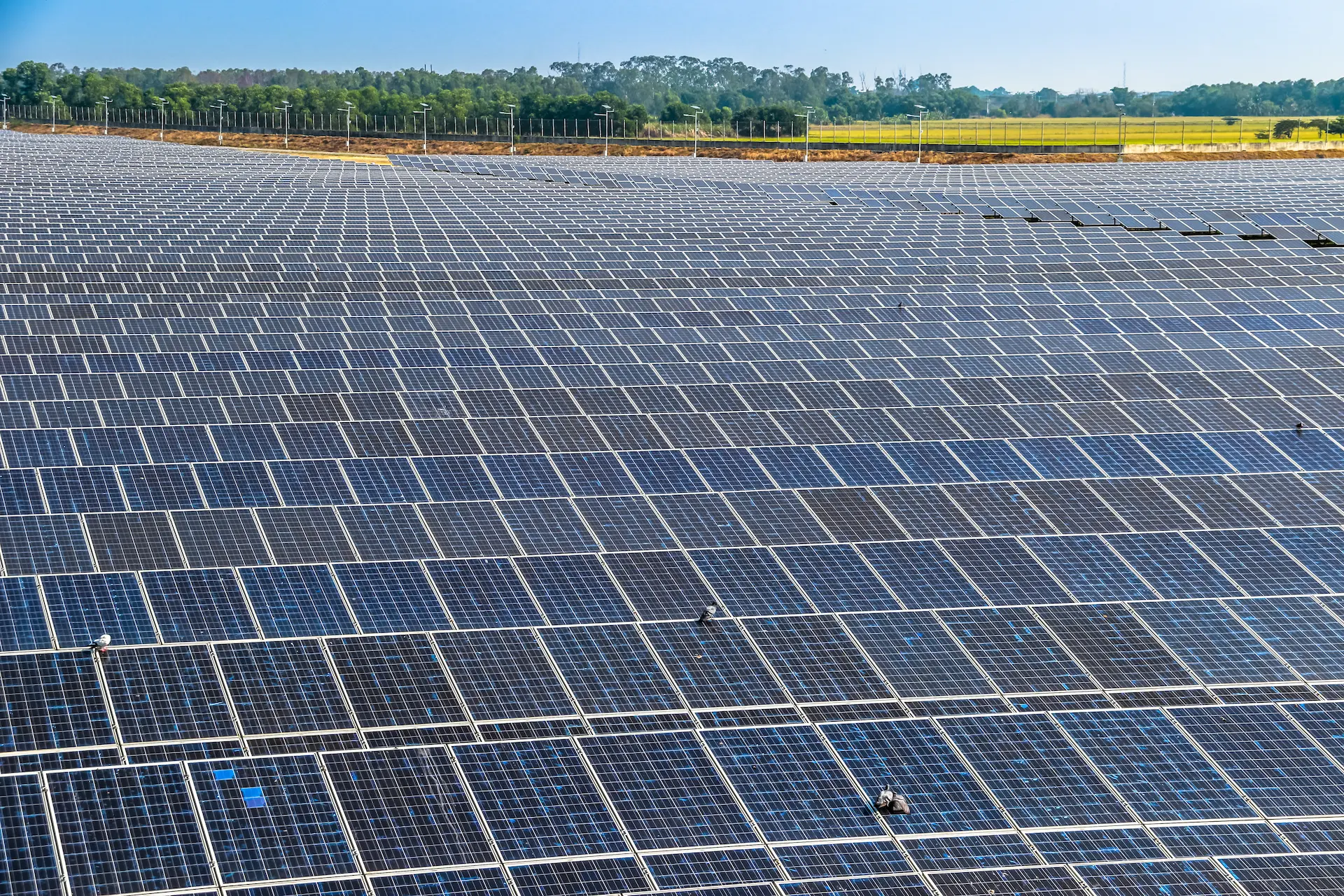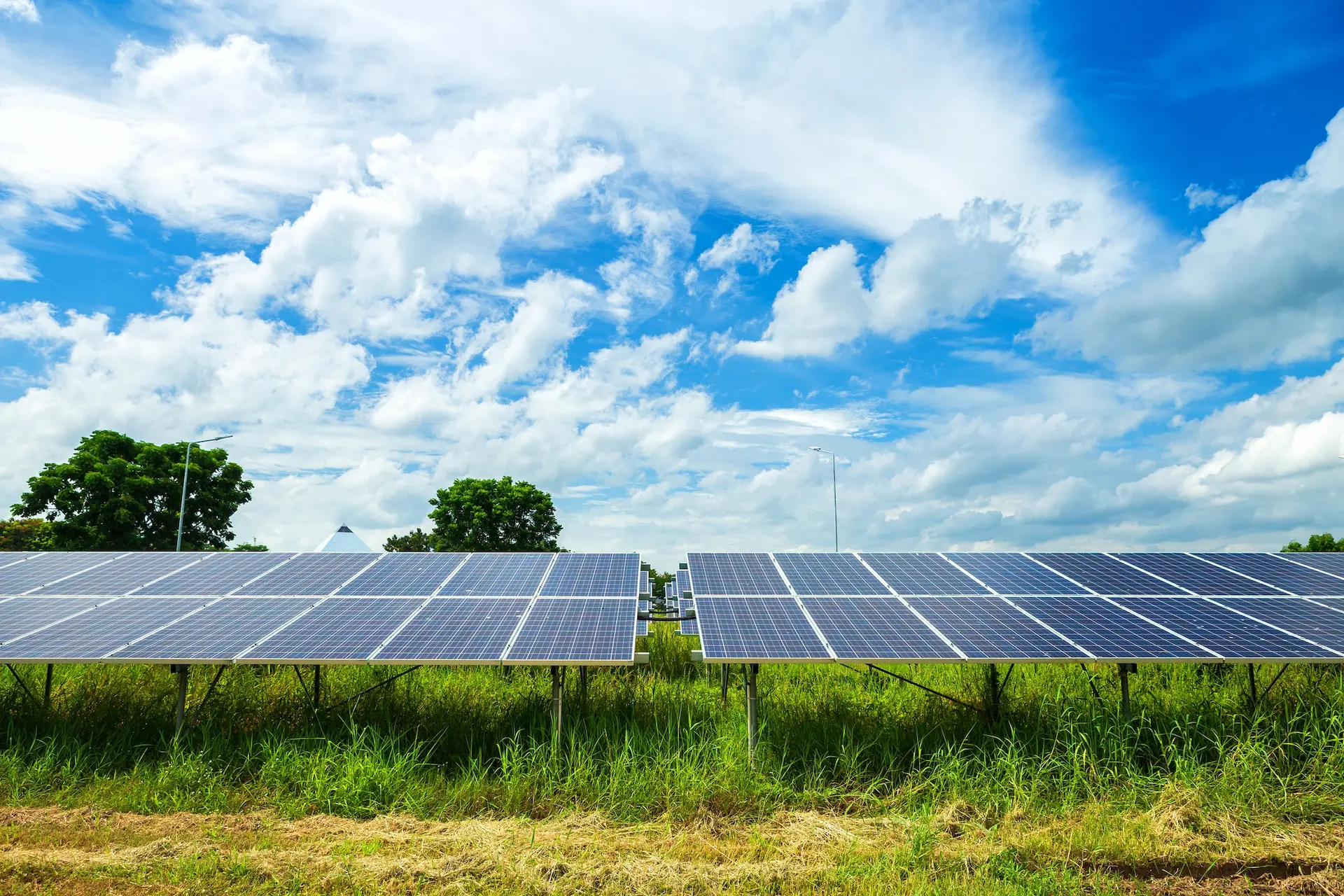The mining industry is a significant consumer of energy, with operations often located in remote areas where access to reliable and clean energy is limited. Microgrids, which are small-scale, local energy systems that can operate independently of the main grid, offer a promising solution to enhance energy reliability, reduce costs, and increase sustainability in the mining sector.
Mining operations require a constant and reliable supply of energy to power heavy machinery, lighting, ventilation, and other essential systems. However, many mining sites are located in remote, off-grid areas, making it difficult to access reliable and affordable energy. Traditional energy sources, such as diesel generators, are often used to power mining operations, but they can be expensive, noisy, and environmentally detrimental.
Microgrids can provide mining operations with a range of benefits, including:
- Microgrids can ensure a reliable supply of energy, even in areas with limited grid connectivity.
- By incorporating renewable energy sources, such as solar or wind power, microgrids can reduce energy costs and dependence on diesel generators.
- Microgrids can significantly reduce greenhouse gas emissions and environmental impacts associated with traditional energy sources.
- Microgrids can provide energy independence and reduce the
Microgrids offer a compelling solution for the mining industry, providing a reliable, sustainable, and cost-effective source of energy. By leveraging renewable energy sources and advanced energy storage systems, mining operations can reduce their environmental footprint, improve energy security, and enhance their bottom line.
Indonesia, with its rich mineral resources and vast geographical span, presents a significant opportunity for the adoption of renewable energy microgrids in its mining sector. While Indonesia has made strides in renewable energy development, the mining industry remains heavily reliant on fossil fuels. The introduction of renewable energy microgrids could not only reduce greenhouse gas emissions but also improve energy security and reduce costs for mining operations. For example, PT Amman Mineral has set a precedent by integrating a 26.8 MW solar power plant to help power its Batu Hijau copper-gold mine in Sumbawa. This large-scale PV project demonstrates the feasibility of renewable energy integration in Indonesian mining, and its success can pave the way for similar initiatives across the industry.




